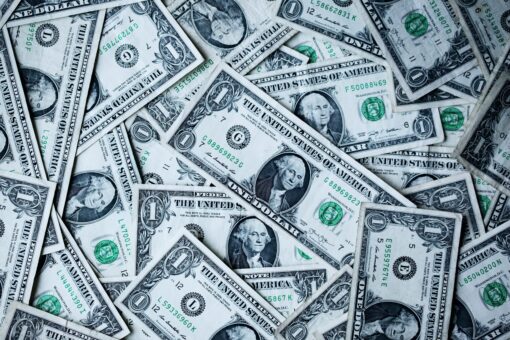After years of stable and low inflation and an almost unprecedented stretch of steady economic growth, our economy is now experiencing the highest inflation we’ve seen in over 30 years. No doubt you have seen Jerome Powell, Chair of the Federal Reserve System Board of Governors commenting on actions taken to curb inflation. With recent inflation running in the neighborhood of 8% as measured by the Consumer Price Index (CPI), response by the Federal Reserve (Fed) will continue to be front page news and will be critical to economic conditions moving forward. In that light, I thought a brief overview of the players, tools, and terms might be helpful.
Inflation most simply defined is a general rise in prices of all things, including consumer goods, manufacturing goods, and labor. The simple cause has been described as “too many dollars chasing too few goods.” Right now, we have that problem from both sides. Goods and labor are both in short supply, while there is an abundance of consumer demand and government spending (dollars eager to be spent). Limited supplies of goods and labor push up prices and wages. Higher prices and an abundance of dollars effectively lowers the value of each dollar. Inflation is mostly problematic because it happens in “spits and spurts” with some prices rising faster than others creating winners and losers, instability, and economic uncertainty. Uncertainty drags down consumer confidence, business investment confidence, and therefore economic growth. The scary part about inflation is its ability to gain momentum as a vicious cycle or a self-fulfilling prophecy. As people and businesses adjust to rising prices, they often do so by raising other prices to compensate for the increased expense. People’s expectations also play a huge role. If everyone expects inflation over the next year or two, their business negotiations and price setting choices will reflect their expectations and some portion of inflation can be blamed on the fact that people “thought” we would have inflation.
The Federal Reserve System is our country’s central bank responsible for managing, among other things, our currency, or the money supply. From the Fed website, their purpose is providing “…the nation with a safe, flexible, and stable monetary and financial system.” They have a few tools in their belt to manage the money supply, influence the value of the dollar, and keep a check on inflation. In a recession or slow-moving economy, a central bank may push monetary policies described as expansionary or accommodative. In other words, they are doing things to stimulate activity such as business investment, employment, and consumer purchasing. In our current situation, to fight inflation the Fed has started actions to tighten the money supply, or what is called contractionary policy.
By far, the tool you will hear the most about is what the Fed is doing with short term interest rates. The Fed sets a target range for the Fed Funds Rate, which is the interest rate banks pay to borrow overnight funds. As a benchmark, the Fed Funds Rate establishes the availability of money and influences other short term cash markets. When inflation is driving down the value of the dollar, the Fed will increase interest rates to make borrowing more expensive, slowing down the supply of money to increase or support the value of the dollar. Since the onset of the pandemic, the Fed Funds Rate sat on a range of 0.00% – 0.25%. On March 17, 2022, the Fed bumped the range up a quarter of a percent to 0.25%-0.50%. The have also announced their intention to continue increasing the rates steadily throughout the coming year. They will often signal their future actions to avoid surprising financial markets, instill confidence, and dampen inflation expectations.
Open market operations refer the Fed buying and selling of treasury securities. The buying or selling of short-term securities are moves used to help achieve the targeted Fed Funds Rate. The Fed may also buy and sell longer term assets, such as 10-year Treasury Notes. In either case, Fed purchases pump money into the system and the Fed holds the security as an asset. On the other hand, if the Fed is fighting inflation, they may sell securities and park the cash on their balance sheet to effectively reduce the supply of money floating around in the economy with the intent to make each dollar more valuable.
On the surface the problem seems basic. When there are too many dollars as we have now, you take some money out of the system. In reality, the system is incredibly complex and drives much more like a barge than a sports car with the Fed nudging the money supply, interest rates, and the economy in one direction or another.
Klose, Steven, and George Knapek. “Too many Dollars Chasing Too Few Goods.” Southern Ag Today 2(15.3). April 6, 2022. Permalink


